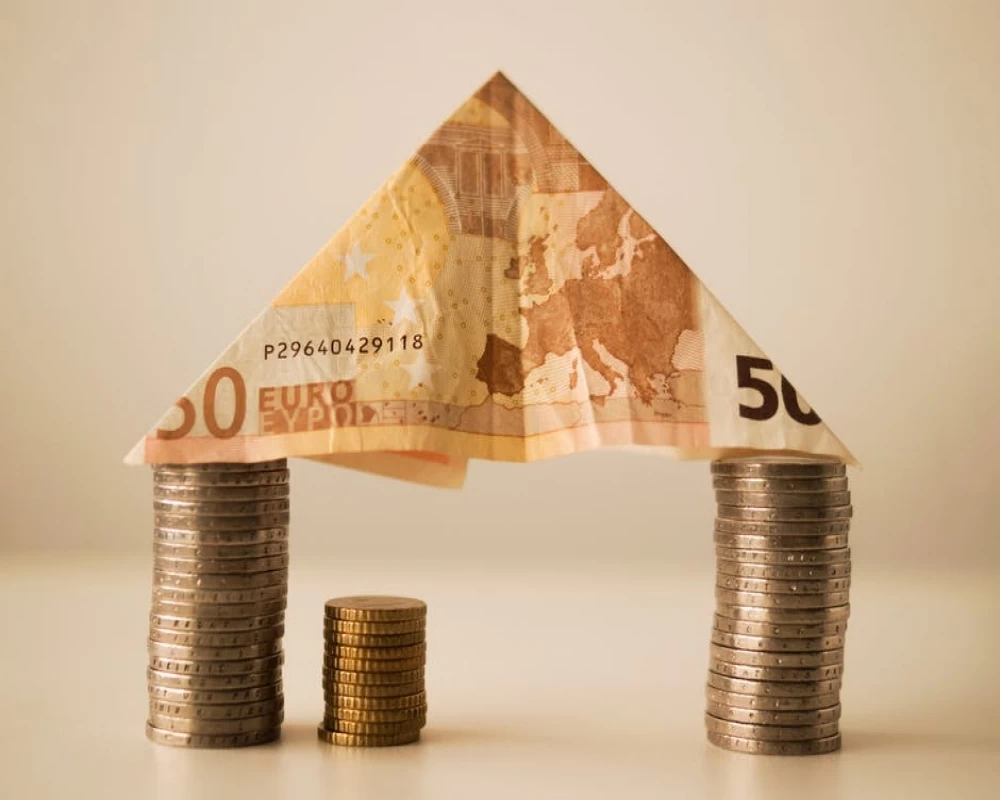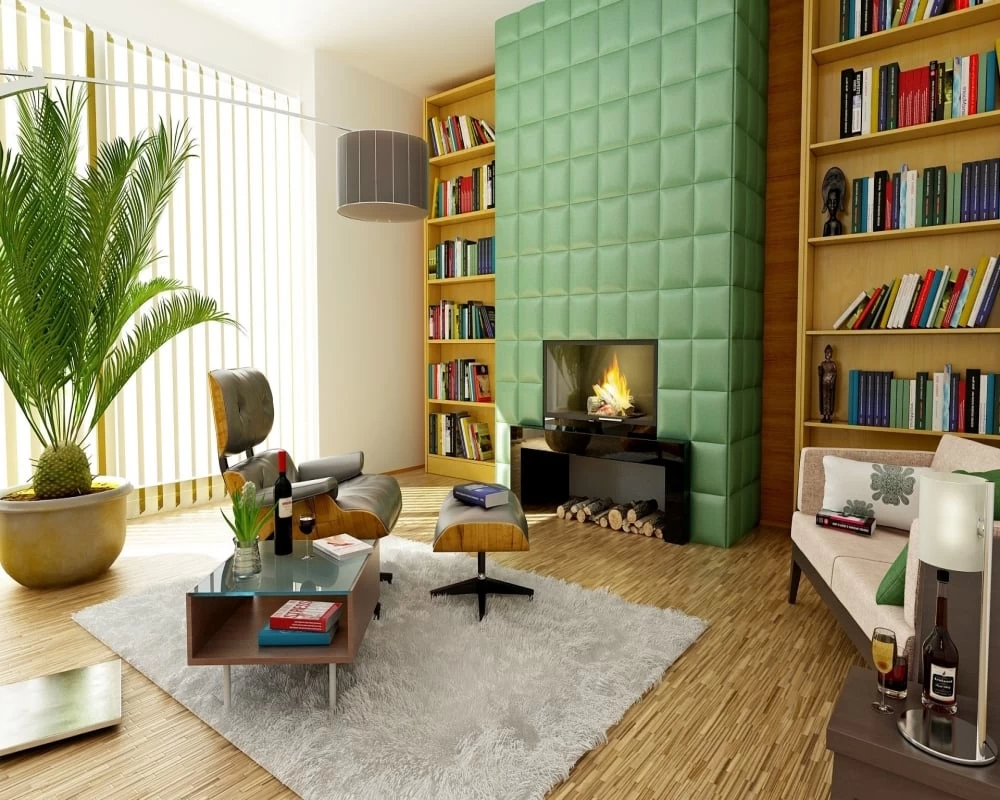5 Fears Limiting You from Real Estate Investing

Just like any investment where speculations are involved, there is risk with real estate investing. Investors who have gotten their fingers bit have fed us the ‘negative stories’ and have helped create many fears. Yes, there are risks, and they can make for a pretty bad fall if you don’t prepare for them. But there are also fears. Here we’ll explore five basic fears stopping you from making that real estate investing decision.
I also hope to expound on these fears to help you see that you can get past them. The best way to overcome fear is embrace it and do that which you fear. So, no matter what we say, the decision to take the plunge still lies in your hands. Will you create long-term prosperity with your real estate investment or let fear hold you back?
1. Negative Cash Flow.
Cash flow is what remains when the operating expenses, the mortgage costs and other expenses have been deducted. The fear of negative cash flow, mostly fed by investors who have been there and done that, has held many people back. However, it is just about making the right calculations. You don’t expect to be 100% accurate about the possibility of vacancies or how much rental income you could make in a month but you can obtain past rental figures from the previous landlord, estimate possible repair expenses and still get your numbers close a notch.
2. Right Timing.
You’ve always heard ‘you’ve got to time the market’. The problem with that is this: you might never find the right time. If you’re afraid that the market might just not be ripe for real estate investing, I say that’s FEAR. As long as you can comfortably buy a property without putting any strain on your family’s budget and the country in which you’re investing isn’t in a pothole, go right on. The time is right.
3. Chasing the positive cash flows.
Some real estate agents who have tried and fumbled will tell you that you can’t cash flow positively on duplexes, condos, office complexes etc. With discouraging tales of despair, you catch the FEAR. This is actually an opportunity to learn from their mistakes. They failed because they went in with the wrong PLANS. Learn, attend seminars, buy DVDs and EBooks and develop a fail-proof strategy and you’ll get the positive cash flows.
4. The hassles of management.
Chasing renters for each month’s rent and dolling out money on property repairs are all reasons to run far from real estate investing. What if you had a troublesome tenant giving you problems? The hassles could keep you awake at night. You however do not need to go through the stress of managing your property yourself. You can hire professional property managers or management companies to do the job and do it well.
5. Lack of experience.
Yes, you do lack experience. All the seminars and courses do not make up for firsthand experience. So, if you lack the experience, why not work with a realtor who is a local expert and leverage their experience. (Check out the importance of a local realtor).
In conclusion, it’s not certain that investing in real estate will make you an overnight millionaire but if you do your homework and work with the right people, you’ll do just fine.




